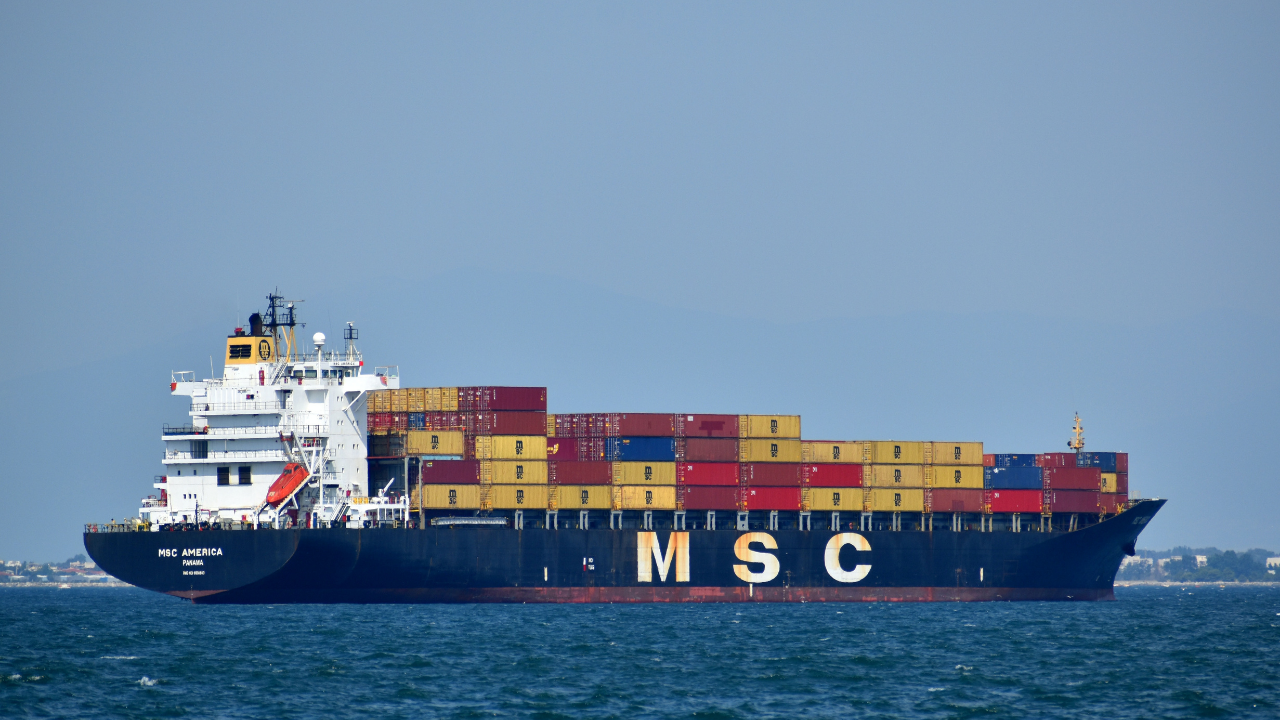How to Be Prepared for the Life of a Seafarer
The globetrotting lifestyle and the promise of a huge salary are often enough to make anyone want to become a seafarer. Little do they know that life at sea is never easy and is often fraught with risks.
Whilst there are many reasons to stay on board, there are just as many reasons to quit. This is why ample preparation is required.
The good things about life at sea
- As a Seafarer you get to travel the world, visit new countries and meet new people
- You get to enjoy several working rights, benefits and other compensations. Under the Maritime Labor Convention (MLC), for example, you get 10 hours of rest in any 24-hour period, and 77 hours in any 7-day period. You also get Medical Care, Shipowner’s Liabilities, and Health and Safety Protection.
The not-so good things about life at sea
- Danger is everywhere, from the work, the weather, pirates, and personal problems
- Shorter to no stays in port. Due to containerisation, unloading and loading of ships can be done quickly, resulting in a shorter turn around time. In fact, some seafarers are at sea for months on end. And some ships regulate work hours by hours of rest, because hours of work limits are hard to conform with.
The good and bad things of life at sea, however, vary from one situation to another. You could get lucky.
Work options for seafarers
- Master
Also known as a Captain, a master has overall command of a ship and is largely responsible for the efficiency, safety and commercial feasibility of his vessel. He works with a Chief Officer, 2nd Officer, 3rd Officer and Trainee Officer.
- Deck Officer
If a car has a driver, a ship has a deck officer. Apart from navigating a ship, he’s also responsible for loading or unloading of cargo, radio communication, planning of the voyage, and the control/safety of the crew and passengers.
- Engineering Officer A marine engineer is largely responsible for the mechanical and electrical equipment on board the ship, ensuring smooth and efficient operation. The chief engineering officer oversees the work of the engine room along with a team of engineers.
- Electro-Technician Officer (ETO)
Also known as an electrician, he is responsible for the maintenance and testing of all electrical equipment on board, from the engine room to the passenger areas. The role of an ETA is particularly important on cruise ships.
- Deck Ratings
A deck rating is an unlicensed member of the deck department, working as an all-around help. Apart from maintenance tasks, they also assist in loading and unloading of cargo, and as part of the emergency and life-saving team, damage control, and safety equipment. A deck rating can move to the basic level as an Efficient Deck Hand (EDH) and then to an Able Seamen certificate.
- Motorman
As the job title suggests, a motorman works in the engine room, cleaning, repairing and carrying out routine maintenance on a daily basis. From a Motorman, a seafarer can level up to a Fitter or GP1.
- Stewards / Pursers / Onboard Catering Services / Cooks
Everyone who works under this department is responsible for feeding the crew and passengers and keeping accommodation and public areas clean. The Chief Purser heads this department and is directly in charge of the cooks and stewards.
How long before a seafarer gets promoted to the next level?
This usually depends on the qualifications and skills required. For a deck rating to become an EDH, for example, he must first complete a sea-time on board a merchant ship (12 months) and then acquire several certificates, such as 4 basic STCW 95 certificates.
Photo by Athanasios Papazacharias on Unsplash

